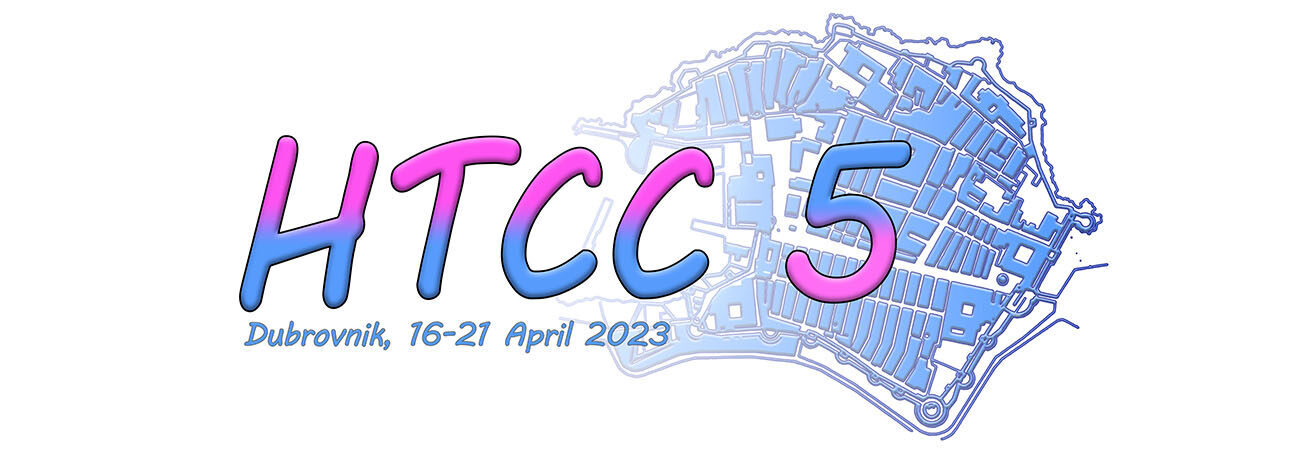Noopur Dubey1, Lina Riegler-Berket1, Lennart Hartig1, Robert Zimmermann1, Monika Oberer1
1Institute of Molecular Biosciences, University of Graz, Graz, Austria
Pseudomonas aeruginous is an opportunistic, gram-negative pathogen causing infections in the lungs, cornea, urinary tract, and soft tissues. One of the most potent effector proteins of Pseudomonas aeruginous is the 76.6 kDa protein Exoenzyme Phospholipase A2 (ExoU),. ExoU becomes activated by interaction with ubiquitin or ubiquitinylated proteins in the cytosol of the host cell. Then the complex localizes to the cell membrane to catalyze the release of fatty acids from a broad range of phospholipids and lysophospholipids. ExoU could be crystallized only in presence of the chaperone SpcU which is known to mediate the transfer of the toxin to the host cell. In the solved crystal structure, it was existing as a dimer of the heterodimer. ExoU is proposed to interact with ubiquitinated proteins for its activation inside the host cell. To date, there is no structure available for the ExoU-ubiquitin complex. The P. aeruginosa infections are severe therefore, therapeutic targeting of ExoU could perhaps attenuate the morbidity and lethality of acute P. aeruginosa infections. The work aims toward the high-resolution structure of ExoU protein in complex with inhibitors to get an insight into the mechanism of inhibition of this effector protein.
Keywords: ExoU; SpcU; ubiquitin; Pseudomonas aeruginosa
